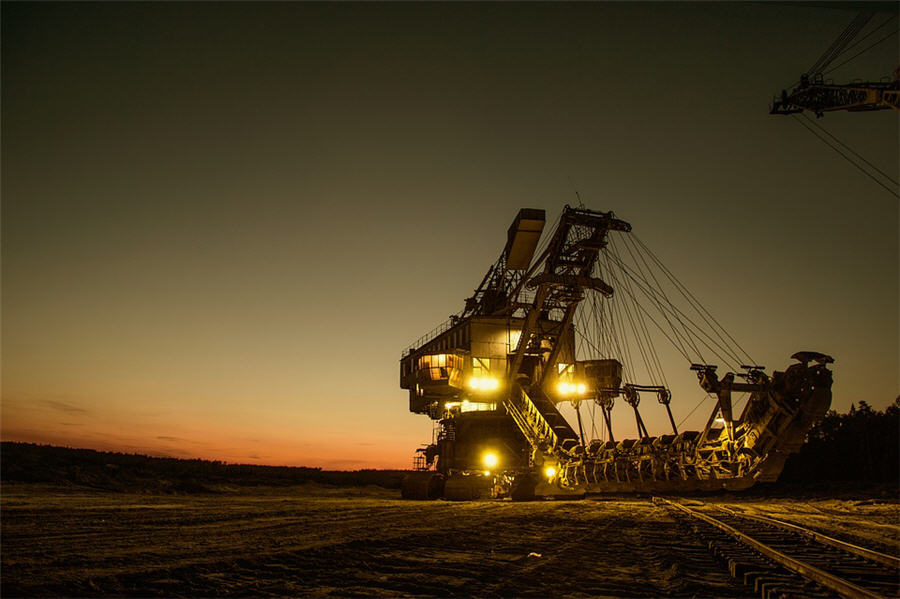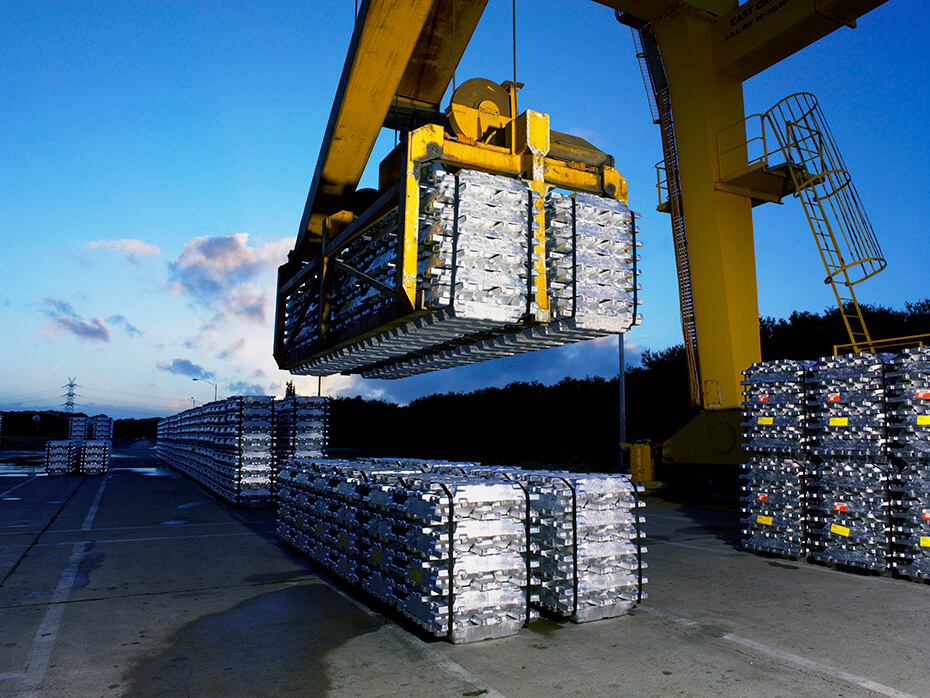Struggling small miners may lead to bigger industry woes

Small miners are finding it increasingly difficult to raise capital to fund new ventures despite the positive demand outlook for several commodities and a world still largely awash with cheap credit.
The problems facing these ‘junior’ mining explorers may also have implications beyond a bunch of seemingly inconsequential companies struggling to progress. How they cope is likely to affect how the mining industry as a whole goes from exploring for new resources to actually producing raw materials.
Under the traditional model, would-be junior miners raised seed capital in order to drill exploration holes to confirm the presence of a resource.
These companies then sought listings on miner-friendly stock exchanges, such as those in Sydney and Toronto, and used the money raised from the listing to advance the project.
While mining merger and acquisition activity has picked up in line with the general recovery in commodity prices since 2016, it’s been concentrated in larger companies
After that it was a game of seeing whether companies actually build and operate a mine, or whether a bigger player would come along and make a takeover offer.
But what has become clearer is that in recent years junior miners are struggling to even get past the first stage, and if they do, the listing of small capitalisation companies is no longer proving attractive, even to risk-seeking investors.
While mining merger and acquisition activity has picked up in line with the general recovery in commodity prices since 2016, it’s been concentrated in larger companies, such as the recent $10 billion planned takeover of Goldcorp Inc by Newmont Mining Corp.
Small-cap miners are finding it harder to raise capital through their listings, especially if they are seeking to raise amounts similar in size to their total market capitalisation.
Small miners should “avoid the stock exchange where you will hand-cuffed and in chains for life”, Michel Labrousse, the managing partner of Mazarin Capital, told the Mining Investment Asia conference this week in Singapore.
Labrousse’s views were supported by other investors at the event, with the consensus being that small miners had to change tactics if they were going to successful.
Other methods open to junior miners including royalty streaming deals, private equity and debt financing, but all of these come with problems of their own.
Re-think needed
Royalty streaming is generally only an option when a project is well advanced and about to start production.
Private equity and funds managing family wealth also tend to only want to invest once the project is more advanced. Given their expectations of high returns, these investors also tend to demand large stakes in the venture and some degree of management control or oversight.
Debt is also problematic as major banks are unwilling to lend to unproven miners, meaning a junior company seeking debt financing is going to have to pay interest rates at multiples of what would be available to an established major miner.
What is becoming clearer is that the junior mining sector is facing a crisis of how to get funding to develop new deposits.
It is also getting harder to meet all the other burdens of developing new mines, such as managing increasing regulatory demands and winning backing from a broad spectrum of community and activist groups.
While large mining companies can afford these processes, small miners are less able to fund public relations and other community campaigns to meet these goals
While large mining companies can afford these processes, small miners are less able to fund public relations and other community campaigns to meet these goals.
The only part of the industry that seems to be able to access funds is gold exploration. Even then, the cash is only available to those projects in relatively stable jurisdictions that can offer a margin of close to 100 percent on a cash cost basis.
If junior miners are struggling to secure funds, even for viable projects, it may alter the dynamics of the mining sector as a whole.
While minerals like iron ore and copper are to a large extent dominated by a handful of major miners, much of the anticipated additional supply of other metals is expected to be discovered and developed by small companies.
Lithium is a case in point, with the majority of projects developing the battery metal being undertaken by small miners.
Other minerals vital to the growth of batteries and electric vehicles, such as nickel and tin, are also mainly the purview of smaller mining companies, especially as far as exploration activity is concerned.
What the mining industry may face is a dearth of new deposits being developed in time to meet rising demand.
(By Clyde Russell; Editing by Kenneth Maxwell)
More News
South32 third-quarter manganese output misses estimates
The world's biggest producer of manganese ore produced 476,000 wet metric tons last quarter.
April 16, 2025 | 03:48 pm
Alcoa reports $20 million tariff hit on imports from Canada
April 16, 2025 | 03:42 pm
{{ commodity.name }}
{{ post.title }}
{{ post.date }}




Comments